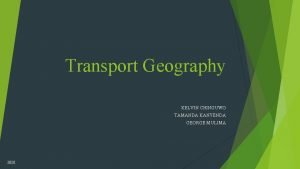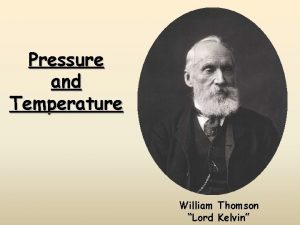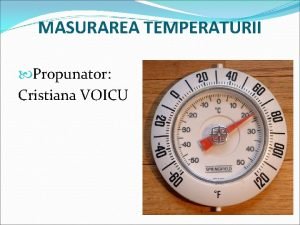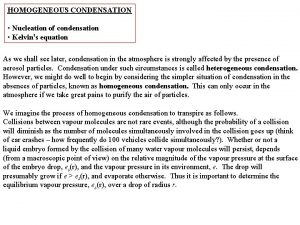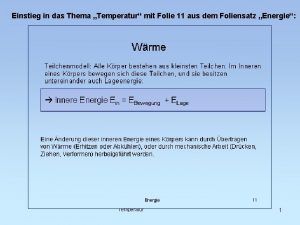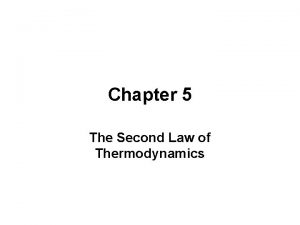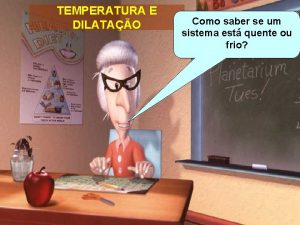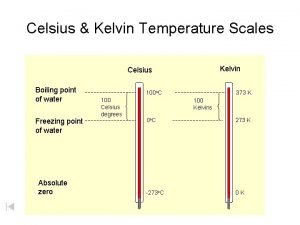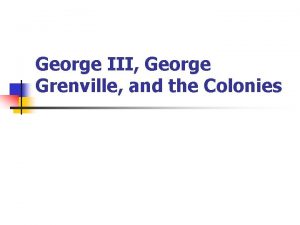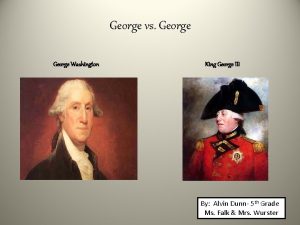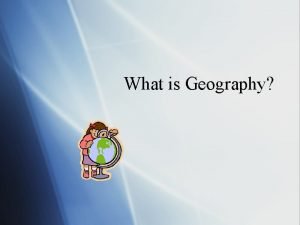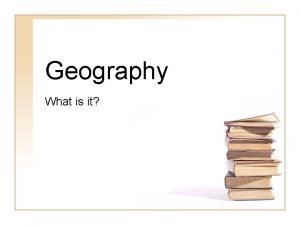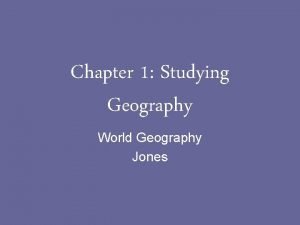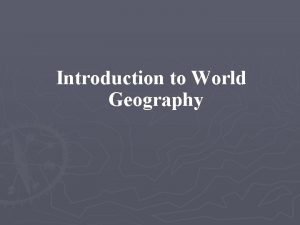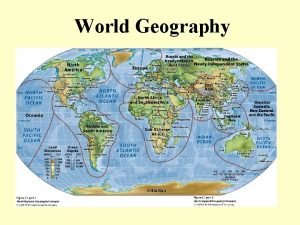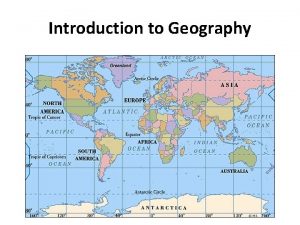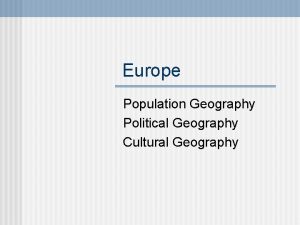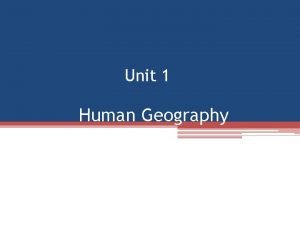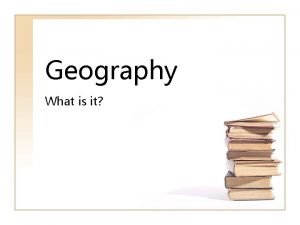Transport Geography KELVIN CHINGUWO TAMANDA KANYENDA GEORGE MULIMA




























- Slides: 28

Transport Geography KELVIN CHINGUWO TAMANDA KANYENDA GEORGE MULIMA 2020

Introduction to Transport Geography This is a sub discipline of geography concerned with the mobility of people, freight, and information (Rodrigue, 2017) It seeks to understand the spatial organization of mobility by considering its attributes and its constraints as they relate to the origin, destination, extent, nature and purpose of movement. It studies the different modes of transportation such as road, rail, aviation and boat. the relationships to people, the environment and urban areas.

History of Transport Geography v Traces back to as early as 4000 B. C. -Where people used to travel and transport their goods by foot or animals. v After sometime they civilized and started to use river transport which comprised of simple boats. v By 4000 bc they invented the wheel in Mesopotamia. v By the 18 th century with the coming in of industrial revolution steam railway engines and steamship were invented which eased the mobility of people and their goods. v In 1985 a first petro driven auto-mobile was invented by henry ford in U. S. A. v In 1903 the first powered flight was also invented by the wright brothers.

Core Principles of transport Geography 1. Distance -It is a relative concept involving space , time and effort. 2. Space -It is at the same time the generator, support and the constraint for mobility. 3. Location -Can be a central where it generates and attracts traffic or an intermediate element where traffic transit through. N. B: These principles underline that there would be no transportation without geography and vise versa.

Aims and Objectives of Transport Geography v In the 19 th century the purpose of the emerging modern forms of transportation mainly railways and maritime shipping was to expand spatial coverage with creation, expansion and consolidation of national markets. v In the 20 th century, the objective shifted to selecting itineraries, prioritising transport modes, increasing the capacity of existing networks and responding to the mobility needs and this at a scale which was increasingly global with its own space of flows. v Currently (21 st century) transportation aims at copping with the global-oriented economic system in a timely and cost effective way, but also with several local problems such as congestion and capacity constraints.

The Economic Significance of Transport Geography v Reduction of costs. v Expansion of infrastructures. v Communication.

Relevance of Transportation to Geography i. Transport infrastructures, terminals, modes and networks, occupy an important place in space and constitute the basis of a complex spatial system. ii. Since geography seeks to explain the spatial relationships, transport networks are of specific interest as they are main physical support of these interactions.

Sectors of Transport Geography Mainly four 1. Geography of Air transport. 2. Geography of Rail transport. 3. Geography of Water transport. 4. Geography of Road or highway.

Highway Geography v It is any public road or other public way on land. v It is used for major roads and include other public roads and public tracks. v Highways are constructed everywhere regardless of weather or topography N. B major highway are often named and numbered by Government e. g. FIG. 1. the masauko chipembere highway. -Masauko chipembere highway in Blantyre -Robert Mugabe highway in Lilongwe, -Orton Chirwa highway in Mzuzu.

Brief History of Highway Geography v The roman empire saw a need to modernize their roads so as to ease their mode of travel as most of their roads were muddy and the muddy nature greatly delayed their movement. - i. e. since the Romans were good at conquest, it meant they travelled a lot using chariots which were wheeled carriages pulled by horses. v The Romans built solid-lasting roads and they used deep road beds of crushed stone as an underlying layer to ensure that the roads were kept dry. v The Islamic caliphate built a tar-paved road in Baghdad. ֍ The first professional road builder was John Metcalf who constructed 180 miles (almost 290 km) of turnpike roads in northern England, thus during the industrial revolution.

Significance of Highway Geography v Less Capital Outlay. v Door to door service especially for short distances. v Lesser risk of damage in transit as compared to rail way and ship transportation. v Saving in packing cost.

Disadvantages of Highway Transport v Congestion which leads to traffic jams and car packing difficulties hence delays delivery of goods hence not suitable for perishable goods. v Air, Noise pollution which contribute to acid rains and green house effects. v Accidents and Breakdowns hence may bring. v Land is taken up by road widening. v Unsuitable for Long Distances and Bucky Traffic.

Railway Geography v This is a means of transferring passenger and goods on wheeled vehicles running on rails, also known as tracks. FIG. 2. Steam Train on Rails v It is contrast to road transport, where vehicles run on a prepared flat surface. v Rails are only put in place in generally flat surfaces and regions v Rail vehicles are directionally guided by tracks on which they run. v These tracks usually consist of steel rails installed on ties and ballast on which the rolling stock usually fitted with metal wheels moves.

History of Railway Geography v Traces back to 6 th century B. C. v Originated in Greece. v Evidence indicates there was about 6 -8. 5 km long diolkos paved trackway which transported boats across the Isthmus of Corinth in Greece from about 600 B. C. v And then Egypt followed in about the first century. v The first trains used steam powered engines and operated on wooden rails thus in the 14 th century B. C and the trains were operated by human or animal power. v Metal rails were introduced by the Coalbrookedale company in the late 1760 s and thus after the industrial revolution was in its infancy.

Advantages of rail transport v Employment. v Encourage tourism. v Helpful during calamities. v Mobility of labor and capital.

Disadvantages of railway transport v Attack on railways. v Air pollution and noise pollution. FIG. 3. Steam Engined Trained Emmiting gases to the environment v Outdated technology. v Problem of replacement. v No door to door service.

Geography of Air Transport v Is a form of travel in vehicles such as helicopters, hot air balloons, blimps, hanggrinding, parachuting, jets, or anything that can sustain flight. v FIG. 4. Malawian air Lines Plane Airports are generally available in regions that can facilitate road construction and thus for passenger and cargo air crafts while other air planes select no place of landing hence they be found everywhere.

History of Air Transport v First air craft was the hot air balloon designed by the Montgolfier brothers in 1783. v FIG. 5. Hot Air Baloon. v In 1784 a steerable balloon was invented by Jean-pierre Blanchard. v The modern air plane as fixed wing flying machine was invente in 1799 by Sir George Cayley. v The first assisted take off flight was on December 17, 1903 by the Wright brothers, who are known to be the first to fly in a powered and controlled aircraft.

Advantages of Air Transport v Can be used in exploration of space and other valuable minerals e. g “ndege za kawuni’’ v Can comfortably be used where there is no road as it account for no physical barriers. v Most accessible mode of transport in time of disasters. v Aviation provides for a country’s national defense and political security. v Offers employment v Quick clearance v Most suitable for carrying goods of high value i. e. rubies and perishable nature which require quick delivery i. e. milk, fruits and even vegetables and vaccines, organs, blood samples. ֍ Helps to optimize technological, managerial and administrative skills in a resource-short economy of a country.

Disadvantages of Air Transport v Costly as the fares of air transport are beyond the reach of a common man e. g. the fairs of the Malawian airlines are very costly such that many people cannot afford. v Small carrying capacity. v Uncertain and reliable during harsh climate like heavy rains and fog. v Large investment where it requires huge amount of capital in the construction and maintenance of airplanes. v Legal restrictions as it requires permissions to use the airspace of a particular country they are passing through. v Breakdowns and air crushes. E. g. the Malaysian plane (MH 370) which disappeared without a trace. v Needs specialized skill and high degree of training for its operation.

Problems and Policies of Transportation Some of the main transport problems include v pollution v Political factors. v Laws and regulations. v Border and tariffs. v Congestion. v Capacity constraints.

Policies of Transportation v These are measures that are put in place to carter the problems that arise in transport. The policies are classified into Classified into 1. Climatic policies 2. Non-climatic policies

Climatic Transport policies v Deals with climatic issues like the issues of pollution 1. For example the International road schemes -aims at curbing pollution and traffic jams. i. e. in Greece they try to close the city center to cars for almost 3 hrs to encourage Greeks to try public transport and at the same time reduce the amount of gas emissions that may arise due to the high number of automobiles that may be operating at that particular time.

Non climatic transport policies v Deals with other sectors other than climate alone v For example the integrated transport policy

The Integrated Transport policy v It is a government action plan to link two modes of transport. v Aims at maximizing transport availability in a region and that all modes of transport are being used so as to balance up the revenue being collected from all modes of transport that may be available. -for example a bus driver may drive in a personal car to a park-and-ride from their he quickly catches a bus to the city center.

Advantages of the Integrated Transport Policy v Reduces journey times v Lowers the cost of travelling for households and firms v Switches demand from private transport to public transport

How Transport can be more integrated v By installing better information systems v Coordinated time tables v Improved ticket arrangements v Giving public transport a priority access to roads in urban areas at peak times -this can be insured by creating special bus lanes

References Phiri, F. R. (2006). Physical and Human Geography-Pupils Book. Blantyre: Dzuka Publishing Company. Vaugham, A. (1997). Railwaymen, politics and Money. London: John Murray Waugh, D. (1990). Geography an integrated approach. Singapore; Thomas nelson and sons Ltd. Rodrigue, J. P (2017). The Geography of Transport Systems. New York: Routledge
 Kelvin lord transport
Kelvin lord transport Primary vs secondary active transport
Primary vs secondary active transport Primary active transport vs secondary active transport
Primary active transport vs secondary active transport Now answer the following questions
Now answer the following questions Bioflix activity membrane transport active transport
Bioflix activity membrane transport active transport Active vs passive transport venn diagram
Active vs passive transport venn diagram What is passive transport
What is passive transport Secondary active transport
Secondary active transport Unlike passive transport active transport requires
Unlike passive transport active transport requires Bioflix membrane transport
Bioflix membrane transport George washington vs king george iii
George washington vs king george iii Venn diagram george washington and king george iii
Venn diagram george washington and king george iii 5 themes of geography ap human geography
5 themes of geography ap human geography Proruption ap human geography
Proruption ap human geography Ap human geography frq format
Ap human geography frq format William thomson
William thomson Primo principio della termodinamica
Primo principio della termodinamica Kelvin–helmholtz instability
Kelvin–helmholtz instability Kandela oznaka
Kandela oznaka Ciclo monotermo
Ciclo monotermo Kelvin gu
Kelvin gu Lesson 53 absolute zero kelvin scale
Lesson 53 absolute zero kelvin scale Transformare fahrenheit in celsius
Transformare fahrenheit in celsius Kelvin equation
Kelvin equation Physical behavior of matter heating and cooling curves
Physical behavior of matter heating and cooling curves Qut career counselling
Qut career counselling Zimmertemperatur kelvin
Zimmertemperatur kelvin Kelvin planck statement
Kelvin planck statement Escala kelvin
Escala kelvin
